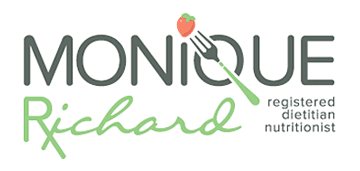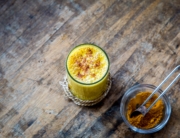Ah, Superfoods! From acai to pomegranate juice
, blueberries to kale salad, this label has landed on a wide-range of common and exotic grocery store products and restaurant menu items in recent years. But what exactly are superfoods, anyways?
You may be surprised to learn that no technical or scientific definition for the word ‘superfood’ exists! The term superfood is, unfortunately, much more about marketing than true nutrition. Did you know that between 2011 and 2015 there was a 202% increase in the number of new food and drink products launched that contained the terms “superfood”, “superfruit” or “supergrain” !?
The idea behind the label is nutrient density. Nutrient-dense foods are high in antioxidants, vitamins, minerals and phytochemicals relevative to their calorie content. The 2015 Dietary Guidelines for Americans recommend selecting nutrient-dense foods for health promotion and disease prevention and management. A diet rich in nutrient dense foods can certainly exert powerful benefits and profoundly influence health…but those quinoa flour cookies on your grocery store shelf? They may not necessarily be so super, despite what the label says!
There is a general consensus among scientific studies on dietary and lifestyle interventions that it is overall good nutrition which helps to optimize the body’s immune system promote good health, not individual superfoods or isolated nutrients! You can harvest your own superpowers – from eating a well-balanced diet including a variety of fruits, vegetables, whole grains, lean protein, and healthy fats!
In my new article in Health and Wellness Magazine I take a deep dive into commonly known superfoods (think dark chocolate, berries, spices, tart cherry…) and give you the lowdown on the evidence behind each one!
Post a comment:
Or to schedule an appointment, click here.









